If there’s one trait nearly everyone shares, it’s a desire to make the world a better place. No wonder there’s so much interest in environmental, social, governance (ESG) investing. Who wouldn’t want to try earning decent if not stellar returns, while contributing – or at least causing less harm – to the greater good?
But what is the greater good? What qualifies as a decent return?
Many Names, Multiple Aims
Many, relatively interchangeable terms have been used to describe how to incorporate moral values into your investing. To name a few, there’s ESG, sustainable, impact, and socially responsible investing (SRI). ESG investing is currently the most commonly used expression, so it’s the one used here as well.
Call it what you will, ESG investing is a relatively new and fast-growing field, crowded with opportunities and challenges, perspectives and priorities, words and strategies. So, first things first: Escient Financial is NOT here to direct your moral compass, or to argue for or against traditional vs. ESG investing. Rather, for those who would like to learn more, Escient Financial offers objective insights, rooted in evidence-based investing.
An evidence-based outlook helps confirm when a promising theory seems robust in reality. It also suggests when it may not pencil out as hoped for – no matter how well-intended it may be. Equipped with solid evidence in an often emotionally charged arena, you will be better able to make informed choices that best fit you, your personal values, and your financial goals.
Why Choose ESG Investing?
Different investors embrace ESG investing for different reasons. Your own priorities govern which approach best aligns with your goals.
Financial (Value) Priorities: Some investors may not focus on investing “morally,” but may do so anyway if they believe companies with higher ESG rates will deliver higher returns.
Impact (Values) Priorities: Others may not care whether ESG investing translates to higher or lower returns, as long as they can shun “bad” companies and invest in “good” ones, while still obtaining a return on their investment.
Blended Priorities: Most investors fall somewhere in between. They want to earn solid returns, or at least not lose money, while investing in principled ways.
How Do We Implement ESG Investing?
Following are ways a fund manager or investment officer may incorporate ESG ratings:
Active Ownership: They may try to improve ESG performance by leveraging their shareholder power to directly influence companies’ strategies and operations. For example, in October 2020, Yale University notified 70 firms managing its funds to expect to be measured on their progress at increasing staff diversity. Will Yale’s actions influence these firms’ HR practices? Time will tell.
Negative Screening: They may explicitly exclude companies with low ESG ratings. (“This company is too ‘wicked’ to belong in our fund.”)
Positive Screening: They may explicitly include firms with high ESG ratings. (“This company is at least ‘good enough’ to belong in our fund.”)
Integration (Inclusion) Strategies: They may integrate ESG ratings into their total fund management strategy. In other words, ESG ratings become one among a number of factors driving if and when to include or exclude a security from the portfolio.
What Kinds of ESG Investments Are Available?
Investors currently have access to a range of ESG investments that use active ownership, screenings, integration strategies, or a blended approach. Overall, there are three main types.
Again, names and labels can vary. So, before you invest, read the fine print on what you’re actually buying and how much it’s going to cost you!
Which ESG Investments Are Right For You?
As described above, none of the possibilities are inherently right or wrong. It depends on whether you are more value– or values-driven … or equally both.
Also, ESG investing doesn’t have to be an “all or nothing” proposition. For example, you could use evidence-based ESG or even traditional investing for the core of your portfolio, while participating in impact investing with some of your discretionary income. Once you’ve chosen your desired approach, how do you find the right investment fit for you? Part 2 will explore the challenges and opportunities that await today’s ESG investor.
In the meantime, feel free to...
This content is developed from sources believed to be providing accurate information. The information in this material is not intended as investment, tax, or legal advice. It may not be used for the purpose of avoiding any federal tax penalties. Please consult legal or tax professionals for specific information regarding your individual situation. The opinions expressed and material provided are for general information, and should not be considered a solicitation for the purchase or sale of any security. Digital assets and cryptocurrencies are highly volatile and could present an increased risk to an investors portfolio. The future of digital assets and cryptocurrencies is uncertain and highly speculative and should be considered only by investors willing and able to take on the risk and potentially endure substantial loss. Nothing in this content is to be considered advice to purchase or invest in digital assets or cryptocurrencies.
Enjoying Escient Financial’s Insights?
The weekly newsletter is usually delivered to your email inbox Friday or Saturday, and includes:
- the latest Escient Financial Insights articles
- a brief of the week's important news regarding the markets
- recommended third-party reads
- selected Picture of the Week
Escient Financial does NOT sell subscriber information. Your name, email address, and phone number will be kept private.
















